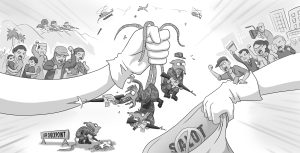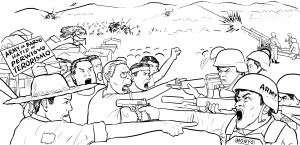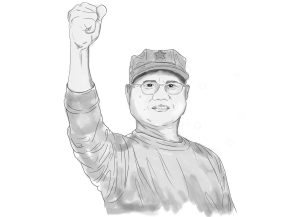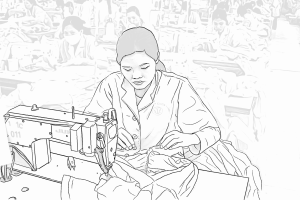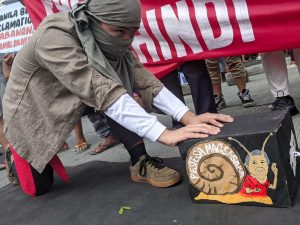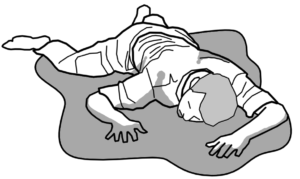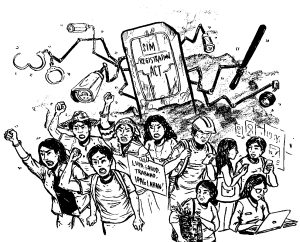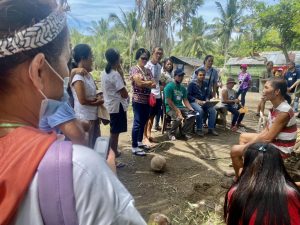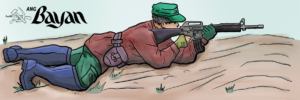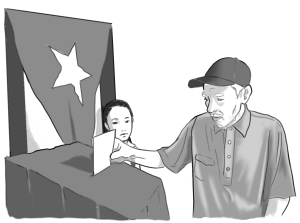Dividing Maguindanao will intensify crisis

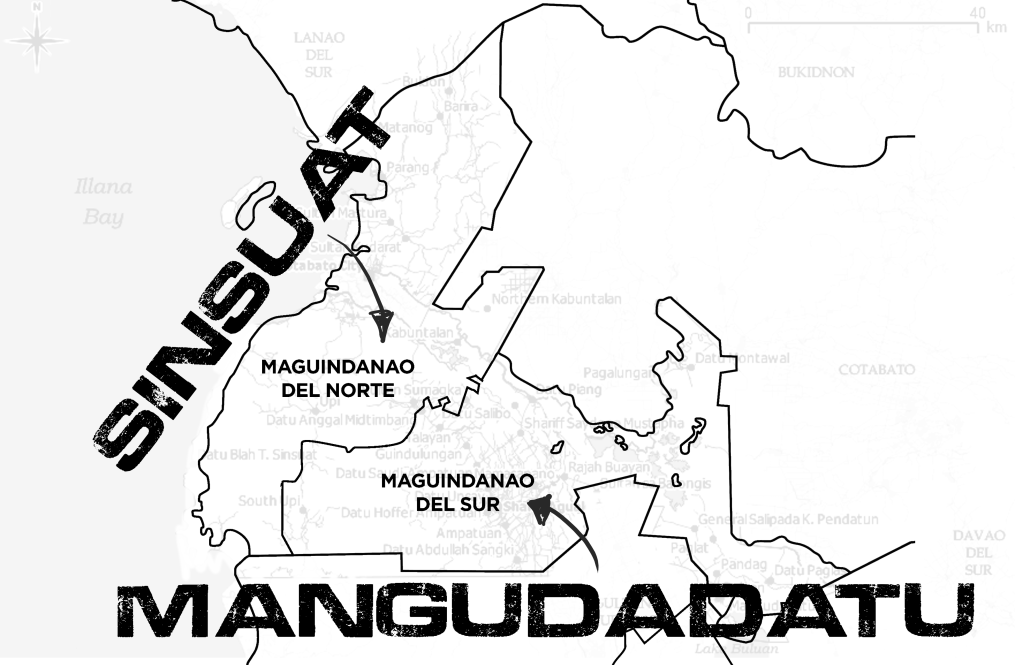
Despite reported irregularities in the September 17 Maguindanao plebiscite, the Commission on Elections declared the proposal to divide the province into Maguindanao del Norte and Maguindanao del Sur as “ratified by the people.” Local bureaucrats and influential clans consider this the start of the fulfillment of their “beautiful dreams” for the province. But for the majority of the people, peace and solutions to their suffering remain evasive.
Maguindanao, located in south central Mindanao, is one of the biggest provinces in the country. The 288,000-hectare Liguasan Marsh, said to have oil and natural gas worth $580 billion, is found here. It also has the widest concentration of wetlands in the country. Rich fishing grounds and broad rice and corn fields can be found here. It is a center of biodiversity hosting endemic birds and a variety of animals and plants.
In 2020, the province’s population was 1,342,179. Majority are Maguindanao Moros and Iranun. There is also a large Lumad population of Tedurays, Lambiangans and Dulangan Manobos. The Tedurays are concentrated largely in two towns in the northwest of the Daguma Range. Other Lumad groups also have large numbers in 39 barangays in nine municipalities.
Maguindanao is one of the poorest provinces in the entire Philippines according to 2021 data. This is despite the fact that some of the richest and most powerful dynasties involved in political rivalries live here. They violently clash employing their armed groups. They have long ruled the province under which people have suffered due to severe corruption and unabated violence.
The great majority of the people in the province are farmers. Their primary problem is landlessness and the excessive oppression and exploitation of wealthy clans controlling vast lands. They experience violent attacks and relentless land-grabbing.
They are the most vulnerable victims of the AFP’s “counter-terrorism” and bombing campaigns. They are often caught in the middle of armed conflicts (rido) between rival clans or groups. These have caused widespread dislocation of their communities and livelihoods. People suffer from severe poverty and hunger while many young people are unable to attend schools or are forced to stop studying.
Poverty and dislocation will intensify
Dividing Maguindanao aims to manipulate the boundaries to accomodate the interests of rival political dynasties. The Sinsuat family controls the area that will now be known as Maguindanao del Norte. On the other hand, the Mangudadatus’ kingdom will now be Maguindanao del Sur. The government hopes that in this form of political accommodation, the conflicts between powerful clans will be resolved. Both parties will now have all the opportunity to impose control over their territory.
In dividing the province, no law or program was set forth for the benefit of its residents. Instead, the exploitation and oppression by the dynasties who monopolize power will surely intensify. Bureaucrat exploitation and corruption will certainly worsen.
Attacks against Lumad communities by landlords who are in power are set to intensify to grab their land and natural resources. Widespread militarization is anticipated behind the veil of “defending” the Lumad and Moro against “terrorism.” Behind this is the interests of foreign companies and their local bureaucrat partners in commercial wood plantations, agribusiness and mining.

